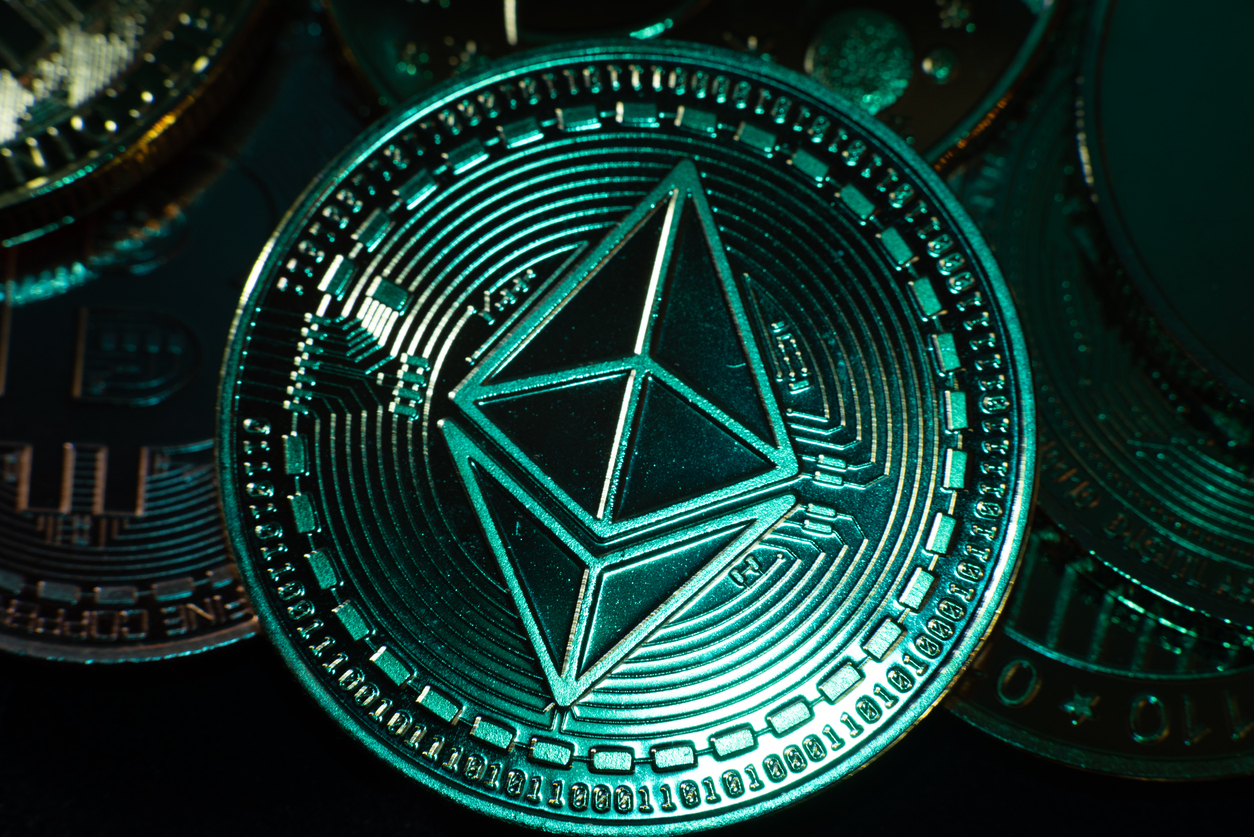A guide to Ethereum token standards
June 7, 2023
Ethereum token standards are smart contracts that define the protocols and conditions for the creation, issue and deployment of tokens on the Ethereum blockchain. Here’s a comprehensive guide to Ethereum token standards and some examples of use cases.
ERC-20: the most adopted token standard on the blockchain
ERC-20 defines protocols for creating fungible tokens – that is, tokens that are interchangeable with another of the same type. This standard makes it possible for developers to easily create, deploy and integrate tokens into decentralised applications. Some example tokens include voting tokens, staking tokens or cryptocurrencies. ERC-20 makes it possible for more streamlined development processes, and compatibility with a vast range of wallets and exchanges. For users, ERC-20 tokens offer seamless interoperability and transferability.
ERC-721: the non-fungible token standard
As the title suggests, ERC-721 is the go-to standard for the creation of NFTs on the Ethereum blockchain. Unique digital assets include things like artwork, music, virtual real estate, event tickets and collectibles. The standard includes protocols that allow developers to create tokens with unique IDs listing unique properties and records of ownership – thus allowing end users to prove scarcity and authenticity of their digital assets.
ERC-777: a way to level-up token functionality
This enhanced token standard allows builders to add extra functionality on top of existing tokens, such as improved privacy functions, extra actions that can be taken before or after a transaction, or an emergency recovery function if a user loses their private keys. In short, this standard presents more flexibility for builders to create complex token systems, and an improved user experience.
ERC-1155: a hybrid standard that saves time and money
As it stands ERC-20 and ERC-721 cannot be used in the same transaction or smart contract. Enter: ERC-1155, a ‘hybrid’ token standard that was created to address the gaps of ERC-20 and ERC-721 standards. ERC-1155 consolidates the other two standards, allowing for far more efficient and cost-effective trades and transactions of fungible and non-fungible tokens. This standard is particularly good for metaverse games that feature both kinds of tokens.
ERC-223: improved security for ERC-20
ERC-223 is known as the European Research Council Standard and addresses security concerns associated with ERC-20 tokens. Previously, if ERC-20 tokens were sent to an incorrect wallet address or smart contract then they were lost forever. Essentially, ERC-223 has an extra step that checks if users are sending tokens to incorrect smart contracts – if so, it notifies the user and cancels the transaction. While some debate that the checks should ultimately come from end users requesting transactions, ERC-223 is an important standard to enhance user security and positive sentiment around using the Ethereum blockchain to conduct transactions. While users do not get their gas fees reimbursed for incorrect transaction attempts, the payoff of saving what could be much larger amounts of tokens from being lost forever is a decent pay-off.
ERC-4337: the key to mass adoption?
Launched in March 2023, ERC-4337 is a game-changing token standard. ERC-4337 is essentially an upgrade that allows for account abstraction, which enables Ethereum wallets to function as smart contracts to make them more user-friendly and hopefully drive mass adoption.
At present, wallet holders are the custodians of their seed phrases – without them, lost wallets cannot be recovered. The ERC-4337 standard aims to make account recovery easier with 2FA and biometric account access. ERC-4337 also enables a social recovery system, where designated users can restore your wallet access should you lose your private keys.
The standard doesn’t just allow for simplified account access and recovery, it also saves users time and money with transaction bundling and even gas-fee transactions, if NFT collections and their DAOs, as well as dApps, choose to sponsor gas fees for users.
The limitation of moving assets across blockchains
Because different blockchains have different standards there is a clear challenge for users who hold tokens across several platforms. Tokens developed on the Bitcoin blockchain, for example, cannot be traded with those created and deployed on Ethereum. The workarounds are what are known as ‘wrapped tokens’. This new type of token is an asset that is given an equivalent value of another digital asset with different standards, or other assets such as gold, shares or real estate. The original asset is put in a digital vault known as a ‘wrapper’, and the wrapped version is created on another blockchain.
Final thoughts
Ethereum token standards have played a pivotal role in the growth and adoption of blockchain technology. Standards will continue to be developed to address challenges and gaps in existing protocols, which will continuously improve the building experience for developers as well as improve functionality, security and cost-efficiency for end users.
Words: Rebecca Haddad

